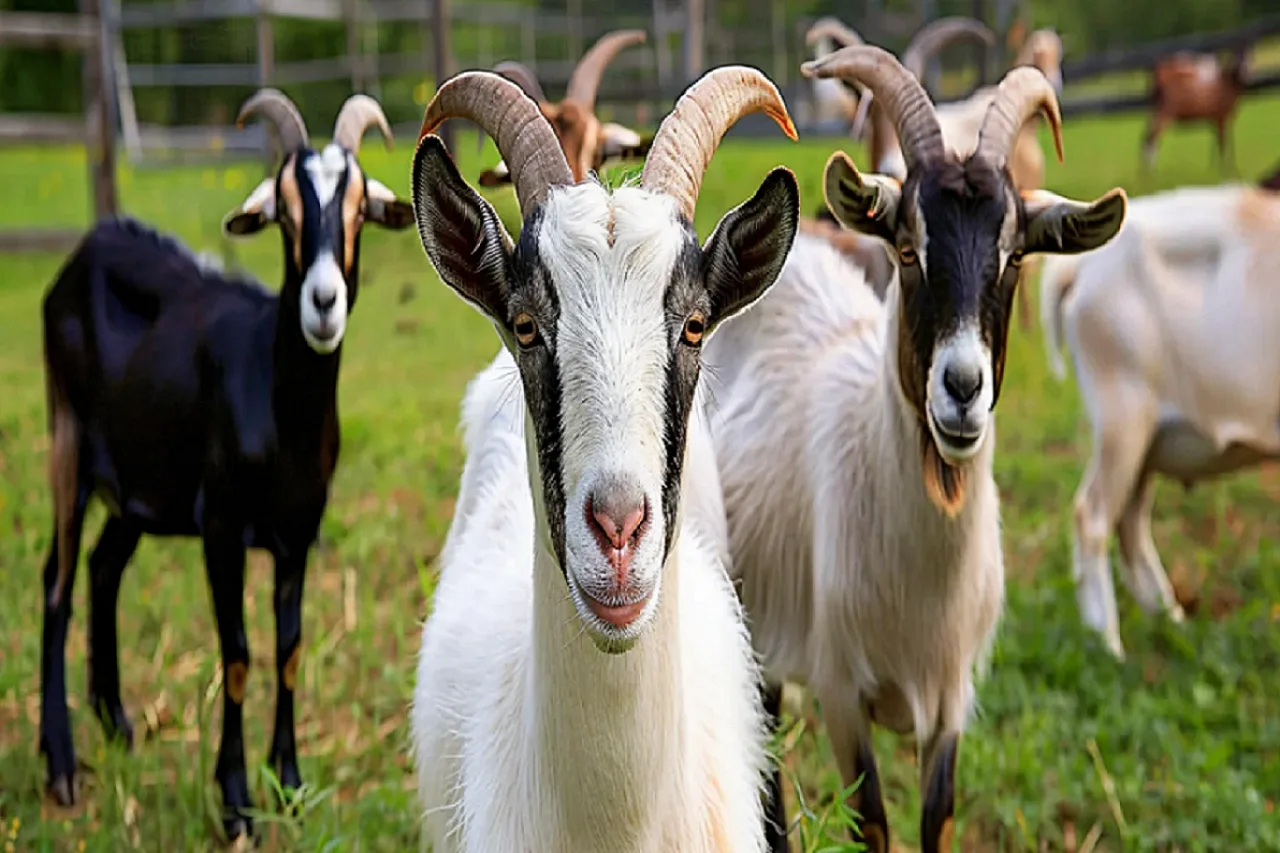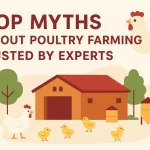Goat farming in India has rapidly grown from a traditional rural practice to a profitable agribusiness opportunity. Whether you’re a small farmer or an investor, starting a goat farming business can offer impressive returns with relatively low investment. With the rising demand for goat meat, milk, and even goat manure for organic farming, this sector holds great promise for aspiring entrepreneurs.
In this detailed guide, you’ll learn everything you need to know about starting a successful goat farm, including creating a goat farming business plan, choosing the right breeds, designing your goat farm structure, and ensuring proper management for sustainable profits.
Why Goat Farming in India Is a Profitable Business
Table of Contents
ToggleIndia ranks among the top goat-producing countries worldwide. Goat meat, also called chevon, is widely consumed and fetches premium prices in the market. Additionally, goat milk has growing demand due to its health benefits and digestibility. Goat farming is also sustainable, as goats can thrive on marginal land and adapt to varied climates.
- Key reasons to start goat farming include:
- Low investment and operational costs
- Short gestation period with high reproductive rates
- Strong local demand for goat meat and milk
- Easy market access with “goat farm near me” searches increasing
- Viable government subsidies and schemes for goat farmers
Step 1: Develop a Goat Farming Business Plan
- A solid business plan is the foundation of your goat farming venture. Your plan should cover:
- Market research – demand in your area, pricing, and competition
- Breed selection – local vs. exotic breeds
- Investment & costs – goat shed construction, feed, medicine, labor
- Marketing strategy – local butchers, traders, dairy cooperatives, or direct-to-consumer sales
- Breeding & expansion goals – timeline for herd growth
This planning phase will help you avoid costly mistakes and ensure your goat farming project stays on track.
Step 2: Choose the Right Goat Breeds in India
Breed selection is crucial for profitability. Depending on whether you want to focus on meat, milk, or dual-purpose production, consider these popular Indian goat breeds:
- Jamunapari – heavy milk yield and good meat
- Black Bengal – popular for tasty meat, high kidding rates
- Sirohi – hardy, adaptable, good meat quality
- Barbari – early maturity, prolific breeder
- Osmanabadi – dual-purpose, disease resistant
You can also explore exotic breeds under commercial goat farming projects, but ensure they suit your local climate.
Step 3: Goat Farm Structure and Housing
A well-designed goat shed is essential for your herd’s health and productivity. The goat farm structure should:
- Be well-ventilated
- Have enough floor space (about 10 sq. ft. per goat)
- Provide protection from rain, heat, and predators
- Include a separate kidding area
- Be easy to clean and disinfect
Modern goat farm designs often use elevated slatted floors for better hygiene. Proper layout planning will also make routine tasks like feeding, watering, and health checks more efficient.
Step 4: Feeding and Nutrition
Good feed equals healthy, fast-growing goats. A balanced diet should include:
- Green fodder (napier grass, berseem)
- Dry roughage (straw, hay)
- Concentrates (grains, oil cakes)
- Mineral mixtures and clean drinking water
In addition, rotational grazing — moving goats across paddocks — helps reduce parasite loads and maintains pasture health.
Step 5: Health Management and Disease Control
A preventive health program is vital for commercial success. Collaborate with a local veterinarian to:
- Vaccinate against common diseases (PPR, enterotoxemia, foot-and-mouth)
- Deworm regularly
- Maintain hygiene in the goat shed
- Quarantine new animals before introducing them to the herd
Healthy goats mean better growth, more kids per year, and higher profits.
Step 6: Marketing Your Goat Farm Products
Marketing is often overlooked, but it’s crucial to get a good return on your investment. Here are ideas:
- Build a local brand – many people search for “goat farm near me” online
- Sell directly to meat shops, hotels, and consumers
- Use online platforms and social media to connect with buyers
- Explore value-added products like goat milk soap or goat cheese
- Partner with government programs promoting rural entrepreneurship
If you’re in a metro city like Mumbai, the market potential is even greater thanks to high demand and premium prices for fresh goat meat and milk.
Goat Farming in Mumbai and Other Urban Regions
Urban farming, including goat farming in Mumbai, is gaining popularity due to local consumption and fresh meat demand. Urban goat farmers must pay special attention to:
- Space constraints
- Environmental regulations
- Waste management
- Licensing and approvals
If you are starting a goat farm in Mumbai or similar cities, check local municipal guidelines to stay compliant.
Tips for Success in Goat Farming
- Start small, scale gradually
- Keep thorough records of breeding, health, and expenses
- Regularly upgrade your knowledge through training or workshops
- Build a network of other goat farmers
- Stay updated with government schemes and loan subsidies
Final Thoughts
Goat farming in India, when done professionally, can be a reliable source of income. With a solid goat farming business plan, a healthy herd, and a strong marketing strategy, you can build a thriving, profitable enterprise. Whether you dream of running a large commercial farming setup or a smaller dairy goat farming unit, the opportunities are enormous.
If you’d like to learn more, visit our website https://royalfarms.co.in for expert help and training on starting your goat farming journey.
















